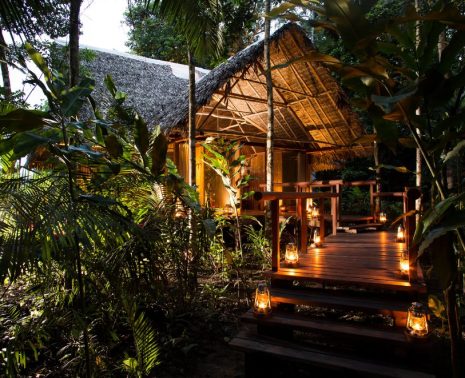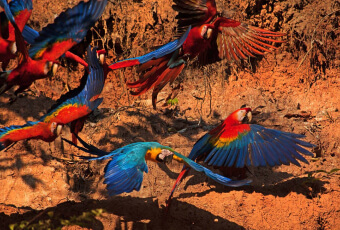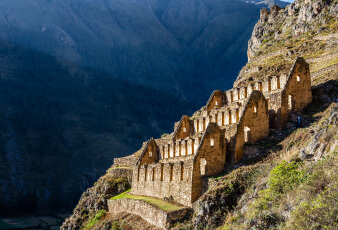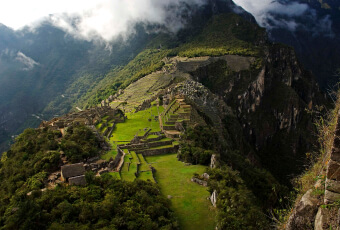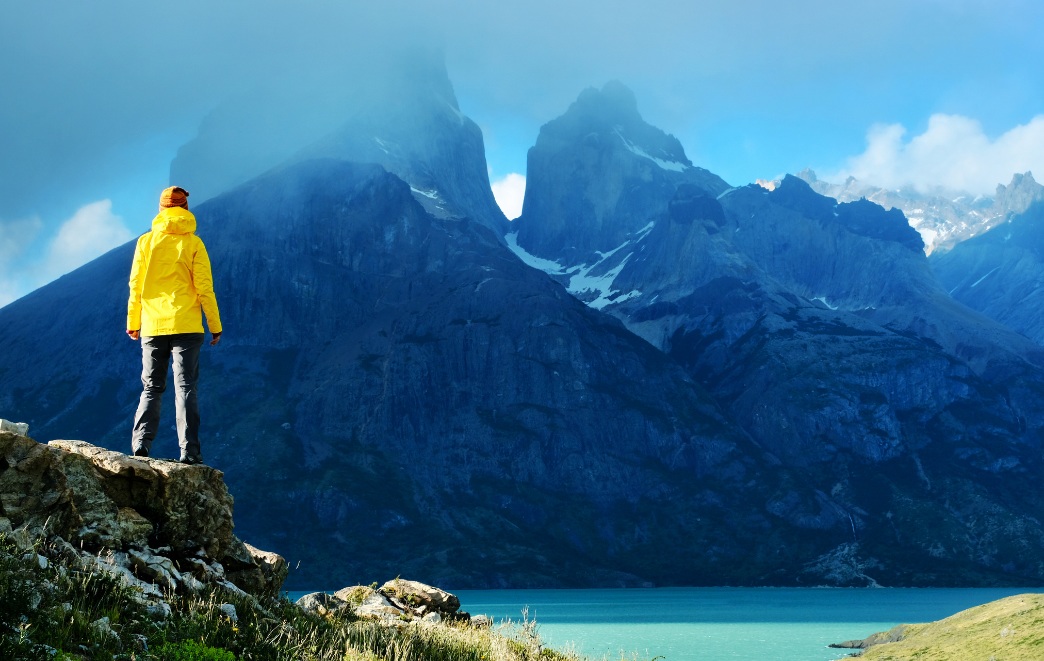
Dotted with volcanoes, lakes and waterfalls, lined by pristine beaches and tropical jungles, Latin American countries are becoming top ecotourism destinations. And now more than ever, travelers are rethinking the way they travel. Conscious travelers like you are opting for memorable experiences in places where they can be immersed in nature while leaving a lasting positive impact on the local environment, community and economy.
Ecotourism in Latin America is easy to discover when you travel with Kuoda, a responsible luxury travel operator. Read on to discover the top ecotourism destinations in Latin America and the life-changing experiences that await.
Why ecotourism travel in Latin America matters
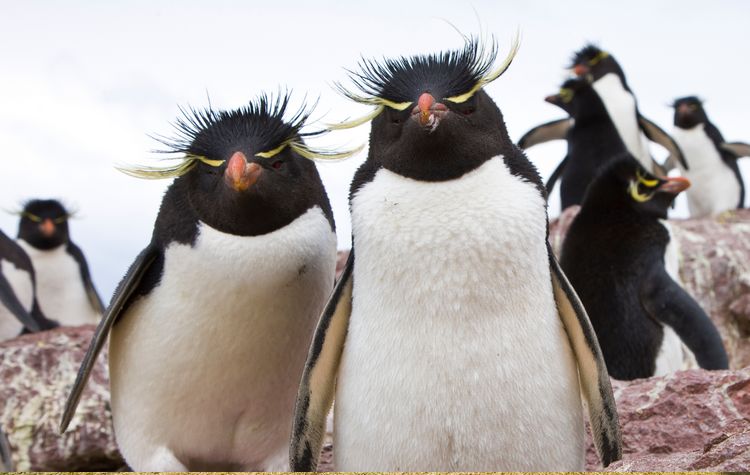
From Machu Picchu in Peru to the remote Galapagos Islands of Ecuador, Latin America is packed with outstanding natural wonders that are apparent on nearly every globetrotter’s travel bucket list. Prior to the ecotourism movement that we see today, many of these hotspots became endangered by overtourism and the negative effects that ensue (loss of native flora and fauna, littering and unfair pay to locals, to name a few). Alarmed by the consequences, Latin American governments and travel companies alike are taking action to preserve their natural and cultural sites.
Progressive travel opportunities rooted in local communities and sustainable practices are becoming widely accessible in Latin America, and Kuoda is eager to incorporate them into your custom-designed travel itinerary. Whether you dream of exploring the depths of the Amazon jungle, the rich Pacific coast, the towering Andes and all that lies in between, here are the top ecotourism destinations in Latin America to inspire your next trip.
Destinations
-
Peru
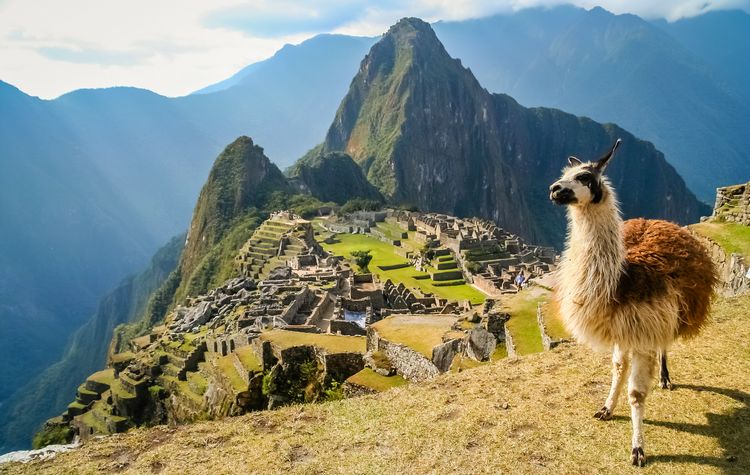
Before the national culinary boom hit, Peru’s claim to fame was the iconic Inca citadel, Machu Picchu. Before the pandemic, the 15th-century archeological site used to see upwards of 4,000 tourists a day, pounding upon precious Inca paths; now just over 2,000 visitors are allowed and entry is according to a specific time slot. This reduced number is an obvious way to cut overtourism, but there is plenty more for ecotourists to experience in Peru.
Three of the largest protected rainforest areas can be found in the Peruvian Amazon jungle— the Manu Biosphere Reserve, the Tambopata National Reserve, and the Pacaya-Samiria National Reserve— and yet deforestation remains a critical threat to wildlife and indigenous communities. For this reason, it is crucial that travelers to the Amazon opt for ecotourism. Kuoda can design a Peru travel itinerary that brings you up close to endemic wildlife— be it by kayak or trekking— without disrupting their habitat.
In the jungle as well as the Andean highlands, we can also incorporate community-based tourism on your visit to Peru for a unique opportunity to learn traditional techniques for making pottery and textiles as well as an introduction to medicinal plants.
-
Ecuador
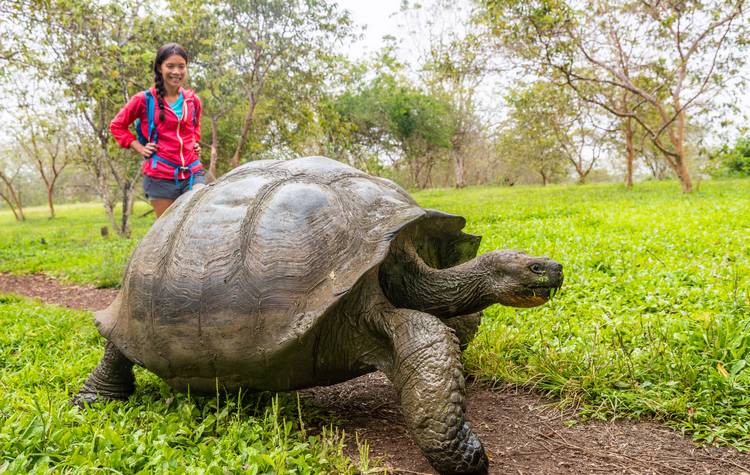
Considered to be one of the most biodiverse countries in the world, mainland Ecuador’s natural bounty will be put at further risk by major mining projects set to launch in the next few years. Just 5 hours north of a major oil extraction site, Ecuador’s Avenue of the Volcanoes amazes travelers with the winding road hugged by a string of cloud-skimming peaks. This impressive and lush landscape is just two hours south of Quito.
Meanwhile, you can support the isolated Galapagos archipelago remain a pristine destination while simultaneously witnessing some of the most unique wildlife on the planet. The Galapagos Islands is a true role model for ecotourism in Latin America as, since 1968, the Ecuadorian government has considered 97% of the archipelago to be a protected national park. That said, ecotourism is vital for combating the rise in overtourism and unsustainable yachts that have brought environmental challenges to the islands.
-
Colombia
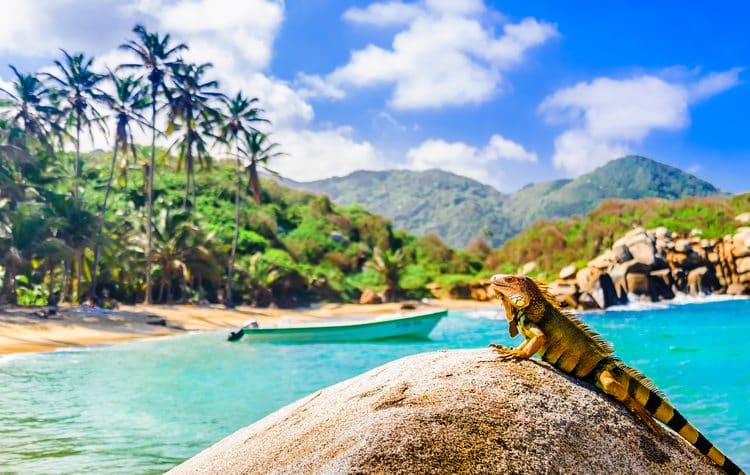
One of the top ecotourism spots in Latin America— if not the world— can be found in the biodiverse nation of Colombia. Tayrona National Park is situated along the northern Caribbean region of Colombia and is renowned for its tropical rainforest, white sand beaches and coastal lagoons. Though it can be visited as a day trip, Tayrona has become a favorite amongst slow travelers as it promotes overnight stays at the park’s campsite.
Despite hosting over 50 national parks, Colombia faces major environmental threats that include massive deforestation, mining and sprawling urban areas that are encroaching on natural landscapes. As a result, Colombia’s Ministry of Environment and Sustainable Development announced some of the most ambitious environmental goals in the world in 2022: to cut greenhouse gas emissions by over 50%; achieve zero deforestation by 2030; achieve carbon neutrality by 2050.
Support the collective deforestation efforts of conscious cattle ranchers, unions and leading Colombian chefs on a private wine and cheese tasting tour in Caquetá. Located in the Amazonas region, Caquetá is rich in exotic flora and fauna and the friendly locals are a reflection of this wealth. You can also get your hands dirty by helping local initiates reforest parks. Simply ask your Kuoda travel expert!
-
Chile
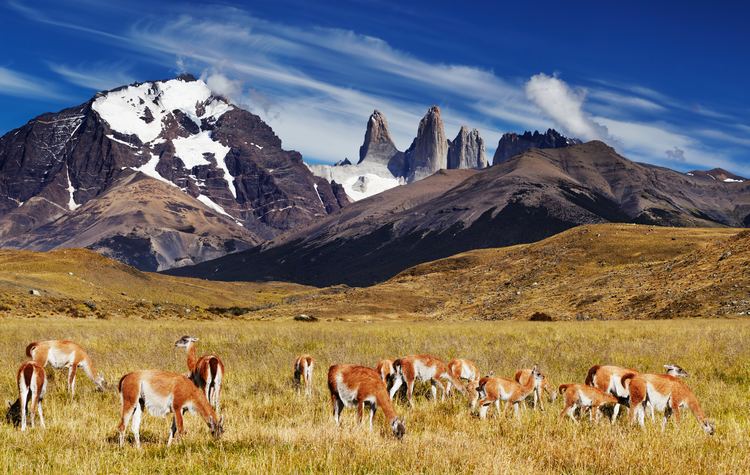
Though far smaller than that of Argentina’s, Chile’s portion of Patagonia (which measures just 10% of this breathtaking region) is a wild destination that can be experienced on a bespoke ecotourism itinerary designed by Kuoda. The famed Torres del Paine National Park is home to towering peaks, expansive pampas and ice fields the size of Hawaii. It is a precious and pristine corner of the world that small companies like EcoCamp Patagonia are preserving thanks to the implementation of green energy and sustainable practices within their luxury domes.
After a few days of falling asleep beneath star-studded skies and waking to crisp air and sightings of frolicking guanacos (of the camelid family), ecotourists in Chile may want to head to one of the most remote places in the world, Rapa Nui. More commonly referred to as Easter Island, Rapa Nui is so small that travelers can navigate the island by bike. Snap a picture of the mammoth stone figures and remnants of a complex society, moai, then peddle your way to nearby pink sand beaches and witness one of the most picture-perfect sunsets on our planet.
Expansive petroglyphs, volcano hikes and superb scuba diving opportunities abound in this speck of an island, and at Kuoda we can link you with a local guide to get the most out of your sustainable Easter Island journey.
-
Argentina

Argentina is home to one of the best national park systems in all of South America. With over 30 protected natural areas, Argentina encompasses the epic Patagonian region, the awe-inspiring Iguazu Falls and incredible wetlands to name a few. As the second-largest country in South America, Argentina’s sheer vastness has seemingly staved off a portion of environmental damage— however, sustainable tourism actions are incredibly important to combat threats such as mining and rampant development.
Head deep into the wilderness in Argentina’s largest national park, Los Glaciares. With a cozy base in El Calafate, you can spend days exploring the ice caps, including the world-renowned Perito Moreno. Hop over to the Nahuel National Park, also in Patagonia, and to take in the breathtaking lakes followed by a stay in charming Bariloche. Surrounded by the national park, Bariloche offers visitors the chance to kayak, horseback ride or mountain bike.
Even further south— to the ‘end of the world,’ as some might say— ecotourists should not miss the opportunity to discover the Tierra del Fuego National Park. The dramatic coastline is ideal for slow travelers and is often the jumping-off point for Antarctic cruises.
-
Bolivia
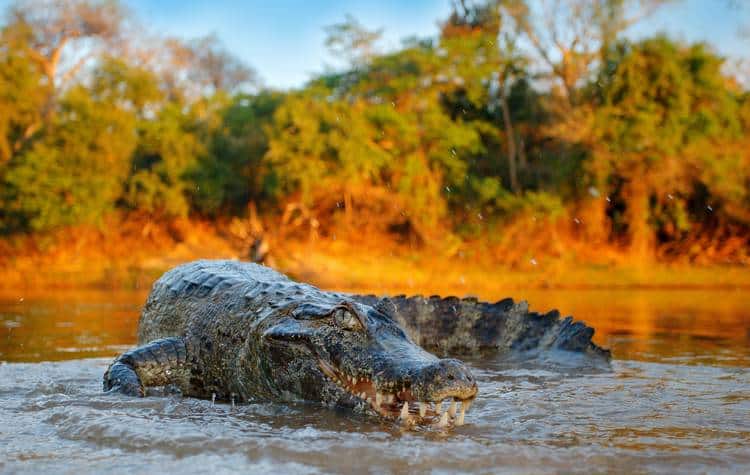
Did you know that 15% of Bolivia is considered protected natural territory? Nevertheless, oil companies and illegal loggers pose a threat for the beautiful landscapes in Bolivia. To avoid adding to its destruction, socially responsible touring can be practiced all around Bolivia. For our ecotourism adventure, let’s start in eastern Bolivia, in the state of Santa Cruz.
Head to the eye-catching colonial town of Samaipata to walk a portion of the Che Guevara Trail. Nearby, in the foothills of the Andes, is the pre-Columbian fort, El Fuerte, which is considered a UNESCO World Heritage Site.
Heading further east, ecotourists will discover Bolivia’s Pantanal, the world’s largest wetland area. While shared with Brazil and Paraguay, the Bolivia portion of the Pantanal is considered to be the best-preserved of the 496,000 square-kilometer marshland. Accompanied by a responsible guide, you can navigate rivers and lagoons to get an up-close look at capybaras and alligators. Be sure to bring your binoculars to watch amazing aquatic birds soar above!
The Kuoda Difference
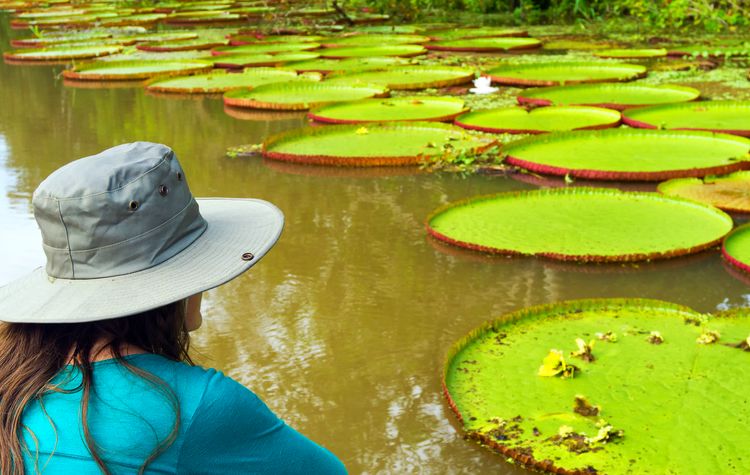
Though ecotourism is increasingly important as we live in an age of constant global environmental threats, finding responsible and sustainable guides, lodges and activities is not so easy. Kuoda travel designers can create a personalized travel itinerary that allows you to experience the best of South America that will positively impact local communities and the environment.
As a responsible tour operator, Kuoda is committed to your needs as a traveler and a conscious member of the global community. Contact us today to begin planning!
4 Amazon Eco Lodges To Visit In South America’s Rainforest
As travelers become more conscious of their environmental footprint, more sustainable travel opportunities are...
Read PostA Guide To Visa Requirements To South America With An American Passport
A luxury vacation to South America means leaving the travel planning to the experts and enjoying a personali...
Read PostMeet The Six Safe South American Destinations To Get Back Into International Travel
Are we itching to get out and see the world again, or what? It probably goes without saying that we are defini...
Read Post

 Call
Call 







